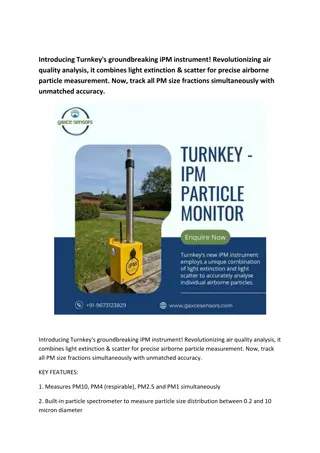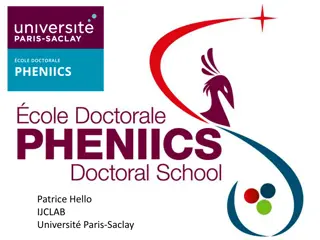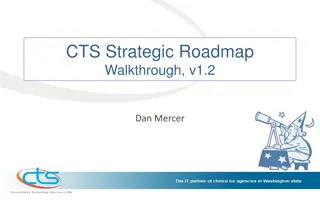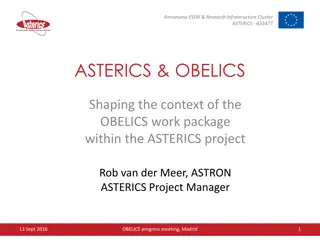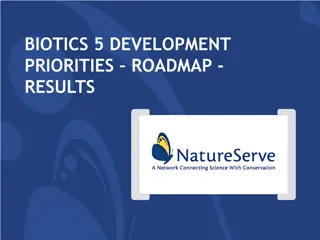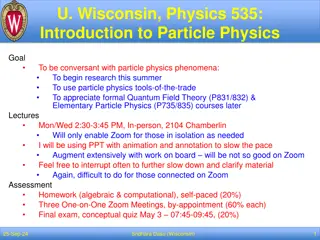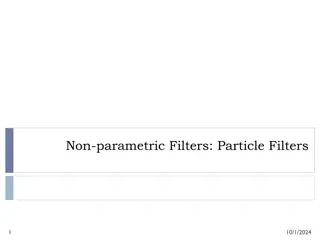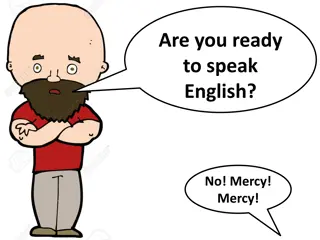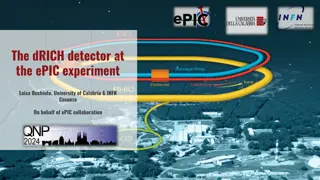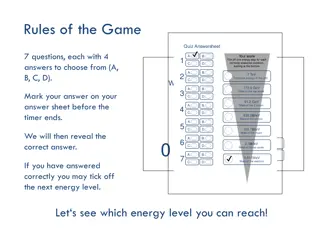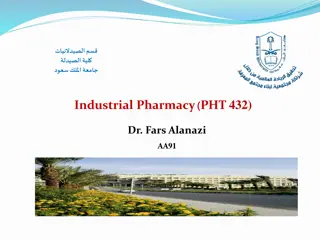Particle Astrophysics Roadmap
Collaboration between various experts in the field of particle astrophysics as part of the Particle Astrophysics Roadmap discusses strategies, research directions, and potential breakthroughs in the realm of astrophysics and particle physics. Addressing key challenges and opportunities, the roadmap offers insight into the future of particle astrophysics research and its significance in advancing our understanding of the universe.
Download Presentation

Please find below an Image/Link to download the presentation.
The content on the website is provided AS IS for your information and personal use only. It may not be sold, licensed, or shared on other websites without obtaining consent from the author.If you encounter any issues during the download, it is possible that the publisher has removed the file from their server.
You are allowed to download the files provided on this website for personal or commercial use, subject to the condition that they are used lawfully. All files are the property of their respective owners.
The content on the website is provided AS IS for your information and personal use only. It may not be sold, licensed, or shared on other websites without obtaining consent from the author.
E N D
Presentation Transcript
Particle Astrophysics Roadmap PAAP: Stephen Fairhurst, Sergey Burdin, Ed Daw, Laura Kormos, Jon Lapington, Chris McCabe STFC: Karen Clifford, Ailsa Johnstone
Primary Science Field 70.00% 60.00% 61.70% 50.00% PA Roadmap Input 40.00% 30.00% 20.00% 27.66% 10.00% 3.19% 3.19% 4.26% 0.00% 2016 PA Roadmap APPEC Roadmap 2017-2026 Discussions from January PA town hall Interactions with PPAP 17 completed proformas from Particle Astrophysics experiments 101 individual submissions to questionnaire Dark Matter (DM) Gravitational waves (GW) Neutrinos (Neu) Very High Energy Cosmic Microwave Background (CMB) Gama Rays (VHE) Responses Career Stage 50.00% 40.00% 43.62% 30.00% 20.00% 18.09% 10.00% 15.96% 1.06% 1.06% 13.83% 7.45% 0.00% Responses
What changes or activities could increase diversity, equality and inclusion in this The diversity in PAAP is abysmal and it is far from even being recognised let alone acted upon. There are many schemes other nations are trialling, with great success, to address this. The odd sentence about ED&I in roadmaps and documents are transparent and patronising to minority groups - there needs to be serious resource behind any such activities. It is not a case of 'promotion', it is about structural inequalities that need to be addressed. field? Discuss.
Computing plays a key-role across many (all?) projects. Yet computing-related comments were barely raised in the individual questionnaire. Infrastructure: computing Does that mean that the current computing infrastructure is working well? Are there any issues on the horizon?
-- Expanding Boulby and turning it into an international recognised facility with a diverse science programme would be the ideal scenario to ensure UK leadership." Infrastructure: developing the Boulby Underground Laboratory -- Hosting a large dark matter experiment in the UK would no doubt be attractive - but this would be an infrastructure project that does not involve the scientific community directly and should be no replacement for support to the actual experiment(s). -- I am worried by the STFC policy of G3 (dark matter) at Boulby or bust , which is very dangerous; flag-waving trumping science. Is the broader PAAP community aware of discussions to expand Boulby? This would be a large investment by the UK. Is an expansion broadly supported?
How could STFC support the development of -- Instrument/detector development is not rewarded. Detector-focussed early career scientists do not compete well in the existing Fellowship schemes (UKRI, STFC, URF). A dedicated instrument/detector development fellowship allocation would help. critical underpinning technologies? -- STFC's support for scientists focussing on detector development is poor. We need positions and funding for this specific purpose. What are the barriers for creating a healthy career pathway? Does the current Fellowship model work for our community? If not, how could it be improved?
I think it's a great time for research in astroparticle and cosmology. It is a major area of UK strength, with many significant discoveries on the horizon. The field is clearly multidisciplinary linking e.g. quantum gravity, particle cosmology, astro-particle and neutrino properties. Training and community building A dedicated UK Summer School in Astroparticle Physics could give our field more of an identity that is distinct from the much larger Particle Physics and Astronomy groups. Do current schools already serve our PhD students well? Is there a broader appetite for this type of shared school/activity? (Extension question: the IoP high-energy and astro-particle conferences are usually together. Should that continue?)
Todays timetable
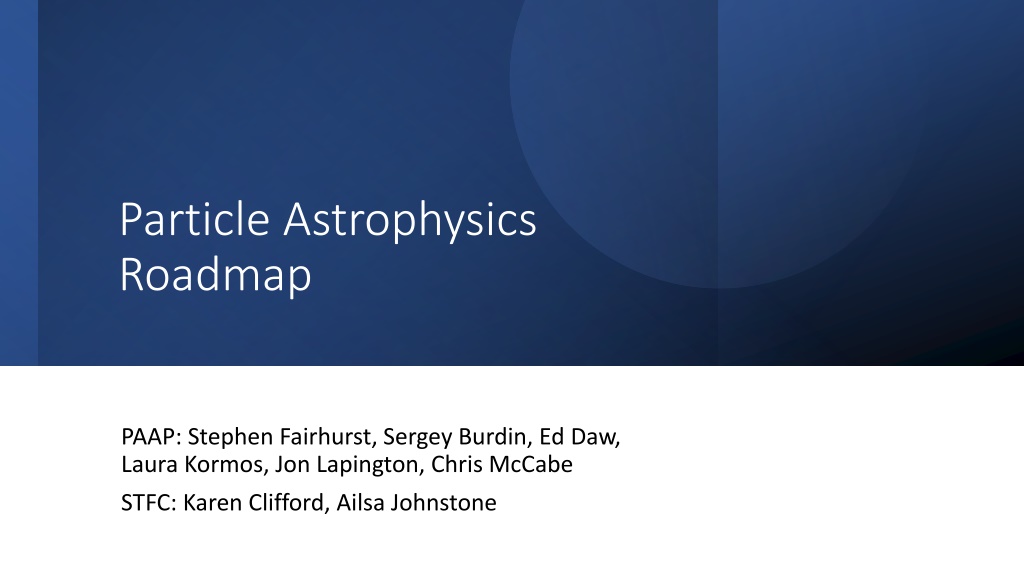








![[PDF⚡READ❤ONLINE] Black Hole Astrophysics: The Engine Paradigm (Springer Praxis](/thumb/21503/pdf-read-online-black-hole-astrophysics-the-engine-paradigm-springer-praxis.jpg)
![[PDF⚡READ❤ONLINE] Cosmology and Particle Astrophysics (Wiley-Praxis Series in As](/thumb/21627/pdf-read-online-cosmology-and-particle-astrophysics-wiley-praxis-series-in-as.jpg)




